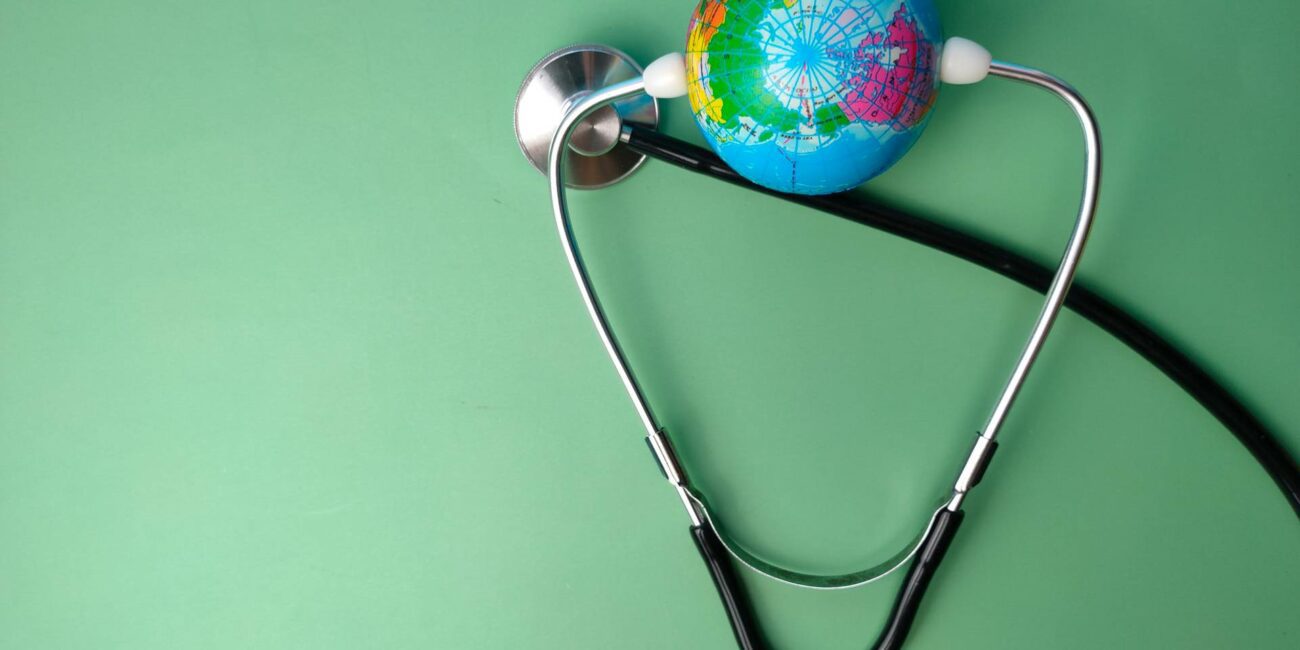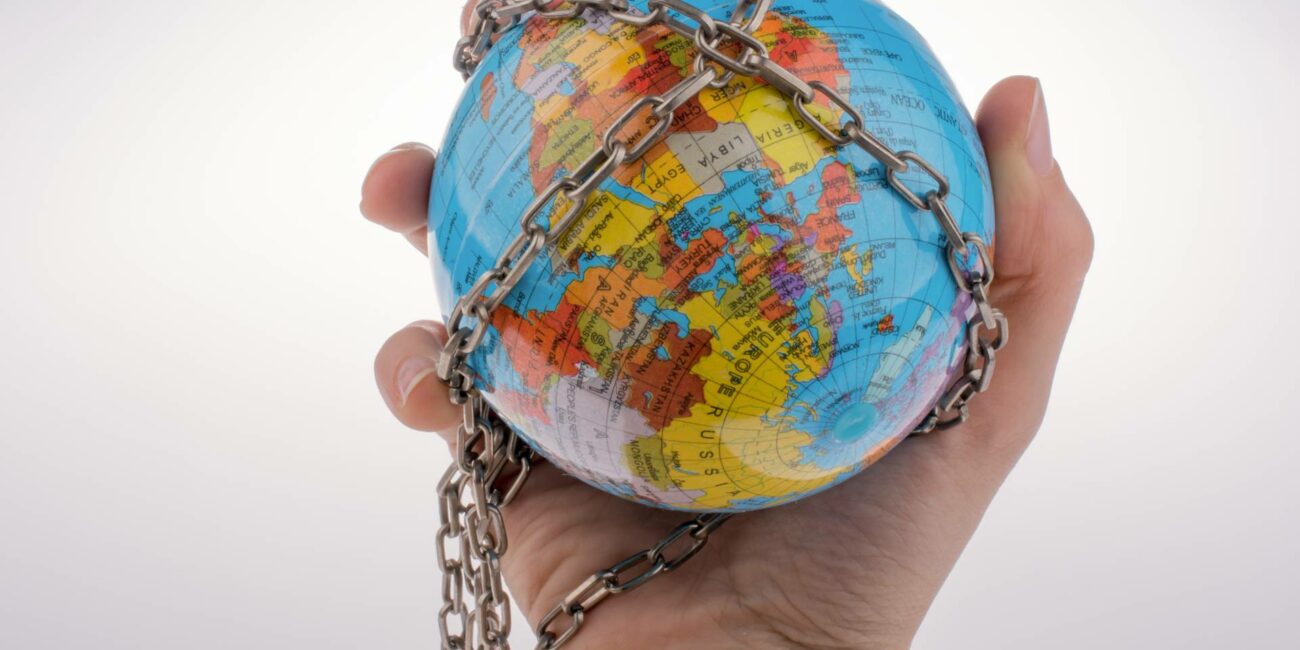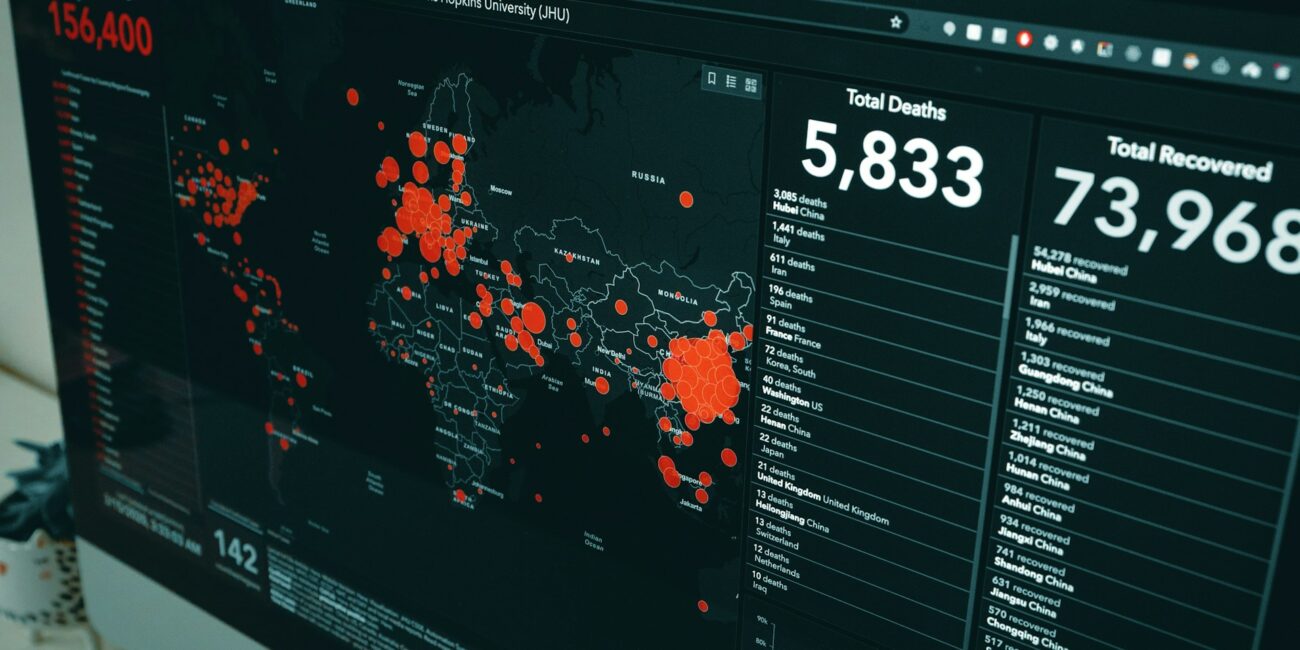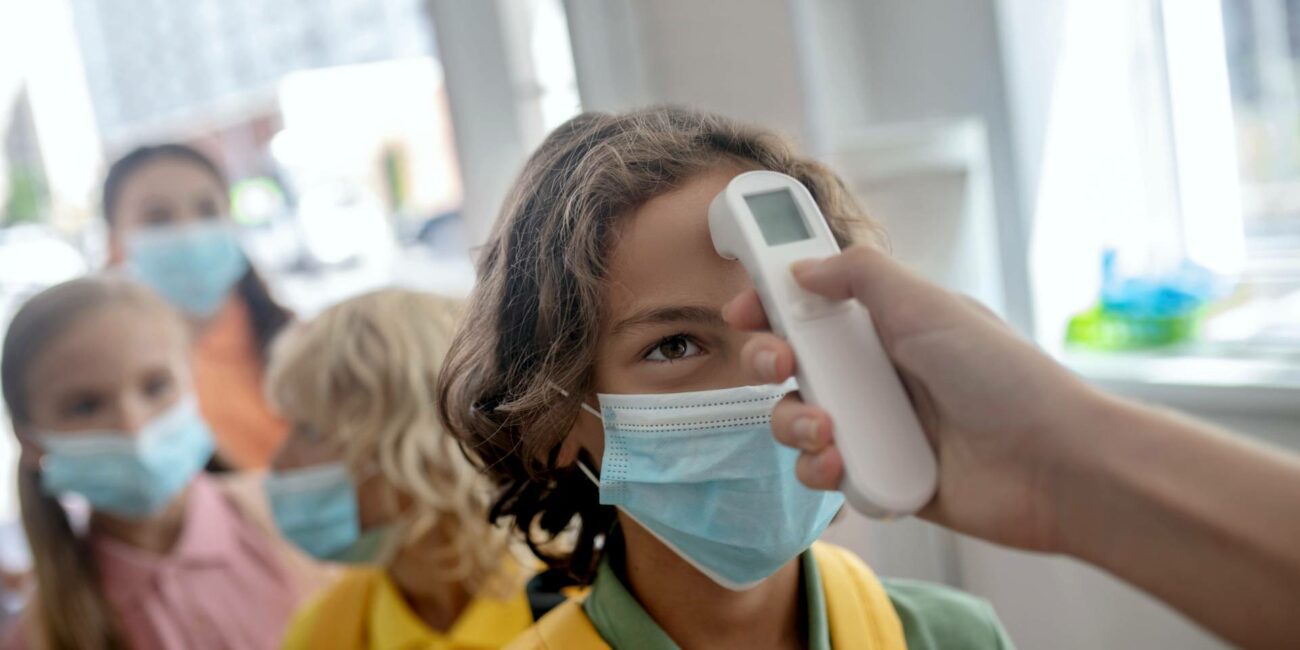“We have a simple message to all countries – test, test, test”
WHO Director General, Tedros Adhanom Ghebreyesus, 16.03.2020
In the same press conference, Tedros went on to claim that without the testing of all suspected COVID-19 cases, they could not be isolated and the chain of infection could not be broken. On 24 May 2021, he declared that the pandemic “will not be over until and unless transmission is controlled in every last country”.
As a result of this test and trace idea, mass SARS-CoV-2 PCR testing has been undertaken globally. In unwell individuals there has been a fixation on SARS-CoV-2 testing to the exclusion of other possible diagnoses. Healthy individuals have been forced to take tests, stay home, close businesses, wear masks, physically distance and follow many other locally determined lockdown policies. This response ignores the fact that serious illness occurs mainly in the elderly and those whose immune systems are already frail due to pre-existing chronic conditions. Measures to protect the vulnerable would have been a much more targeted and realistic objective whilst causing far less societal devastation.
Viruses, Bacteria, Fungi and Humans – a complex ecosystem
With a highly transmissible respiratory virus causing minimal symptoms in most individuals, the lockdown response also ignores the complex microscopic ecosystem which humans unwittingly host. Defined as an organ in its own right, the human microbiome consists of communities of microbes (bacteria, viruses and fungi) residing in and on the human body. The “virome” describes the viruses in our microbiome, and those communities of viruses that move in and out of our respiratory tract via the mere act of breathing, are known as the “respiratory virome”.
The sole aim of the organisms in our microbiome is their own survival, which is assisted in various ways by the human body hosting them. Harming their host is harmful to the organisms themselves, who rely on human life for survival. Any harm an infectious agent causes its hosts tends to be incidental and usually relates to the individual’s health status and ability to mount an immune response. For example, SARS-CoV-2 cannot easily establish itself in an immature immune system for multiple reasons, so children are at extremely low risk of Covid-19 disease. Simultaneously, the same immaturity which protects against Covid-19 makes children more susceptible to other respiratory diseases such as Influenza.
The respiratory virome consists of a combination of potentially harmful viruses, those with an unknown ability for harm, and those which protect our health by competing against and damaging or killing other potentially harmful microbes. When exposure occurs at a stage in life when there is minimal risk of developing disease from a specific microbe, even those which can cause disease are helpful, by training our immune system to recognise and fight them. Developing immunity without becoming unwell is the ideal scenario.
Healthy newborn babies have complete but immature immune systems, which rely on exposure from the moment of birth in order to develop. Within the first few hours of life, a large number of microbes establish on the newborn’s skin, in the oral cavity and gut, and in the respiratory tract. Exposure occurs via close maternal contact, beginning with natural birth occurring next to the anus, thus ensuring immediate transfer of large amounts of maternal gut flora to the baby. A mother then touches, breathes on and remains in close personal contact with her baby almost constantly. Because maternal immunity is passed onto the baby via the bloodstream antenatally, and via breast milk postnatally, babies have temporary immunity to the microbes this contact exposes them to. This provides time and training for the newborn immune system to develop independently.
Exposure can also be a risk to infant health due to the fragility of immature immune systems. Respiratory infections are a leading cause of illness and death in infancy. However, close contact with healthy individuals offers low-risk exposure, giving the infant’s immune system time and practice to develop and mature. Promoting immune health by exclusive breastfeeding, adequate sleep and low levels of stress are important protective mechanisms.
An example of viral transmission dynamics and human health is the reinfection which occurs throughout the human lifespan with Respiratory Syncytial Virus. Abbreviated to RSV, this virus is a significant component of the respiratory virome. It is also the main viral cause of lower respiratory tract infections worldwide. The first infection with RSV in early life is usually the most severe. Subsequent reinfections tend to be milder, due partly to protective immunity resulting from prior infection.
A lifetime of reinfection with RSV confers levels of antibodies in the pregnant woman, which are passed on to the unborn baby and last for a number of months after birth. As this passive immunity wanes, the infant becomes susceptible to disease when exposed. Most infants experience their first RSV related illness between nine months to two years of age. Up to 3% of these primary infections require hospitalisation and globally up to 200,000 children under the age of five die due to RSV infection each year. Reinfection occurs throughout the individual’s lifespan and most infections after the age of five tend to be mild, until the immune system becomes frail either from old age, or due to immune suppression such as during chemotherapy treatment.
When enough individuals have at least partial immunity to a potentially harmful organism, vulnerable populations are more likely to be protected. This demonstrates the important role that our microbiome and its components, including the respiratory virome, play in human health. Two excellent examples of this are outlined below in relation to Covid-19 and RSV.
A study in Scotland in 2020 found that adults living in households with health care workers were at less risk from Covid-19 disease if children were also living in the household. As the numbers of resident children increased, the risk of Covid-19 disease in household contacts reduced. This supports a likely hypothesis that children carry tiny amounts of SARS-CoV-2 virus in their respiratory virome, and that transmission from children to adults is protective rather than harmful.
In July 2021 New Zealand and Australia, who have both been lauded for their lockdown and physical distancing practices in response to the Covid-19 pandemic, have reported high rates of children being hospitalised with RSV infection. Lockdown practices may have reduced exposures to SARS-CoV-2, although there are other possibilities for the pattern of Covid-19 disease in this region. However, outbreaks of RSV suggest that respiratory viromes have also had less exposure to other viruses which, when present in enough of the population, normally offer protection to vulnerable groups. Due to a lack of population immunity, these groups now face higher risk of disease. .
In conclusion, it is clear that within the delicate microscopic ecosystems humans inhabit, obstructing exposure to a range of pathogens threatens, rather than protects, public health. The indiscriminate testing of healthy individuals and extreme measures implemented with the aim of blocking transmission of a single virus – as promoted by the WHO – ultimately appears to have had a detrimental rather than beneficial effect on public health.
Helen has a Masters in Public Health and 20 years experience in public health programme management in Australia and overseas. This includes infectious disease surveillance, outbreak response, tuberculosis control, viral hepatitis and vaccination programs. She specialised in child health programmes and currently volunteers in impoverished communities in Cambodia.




